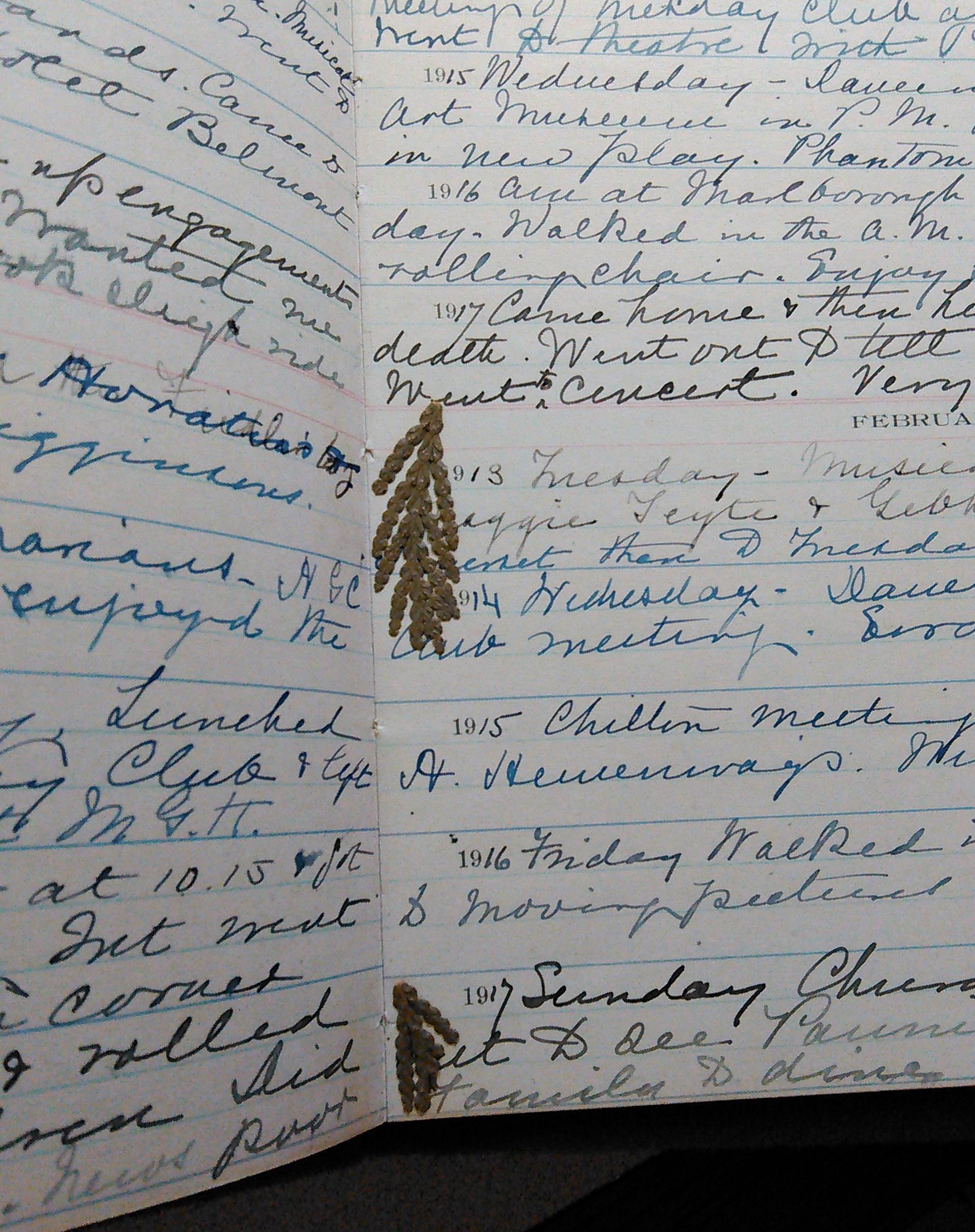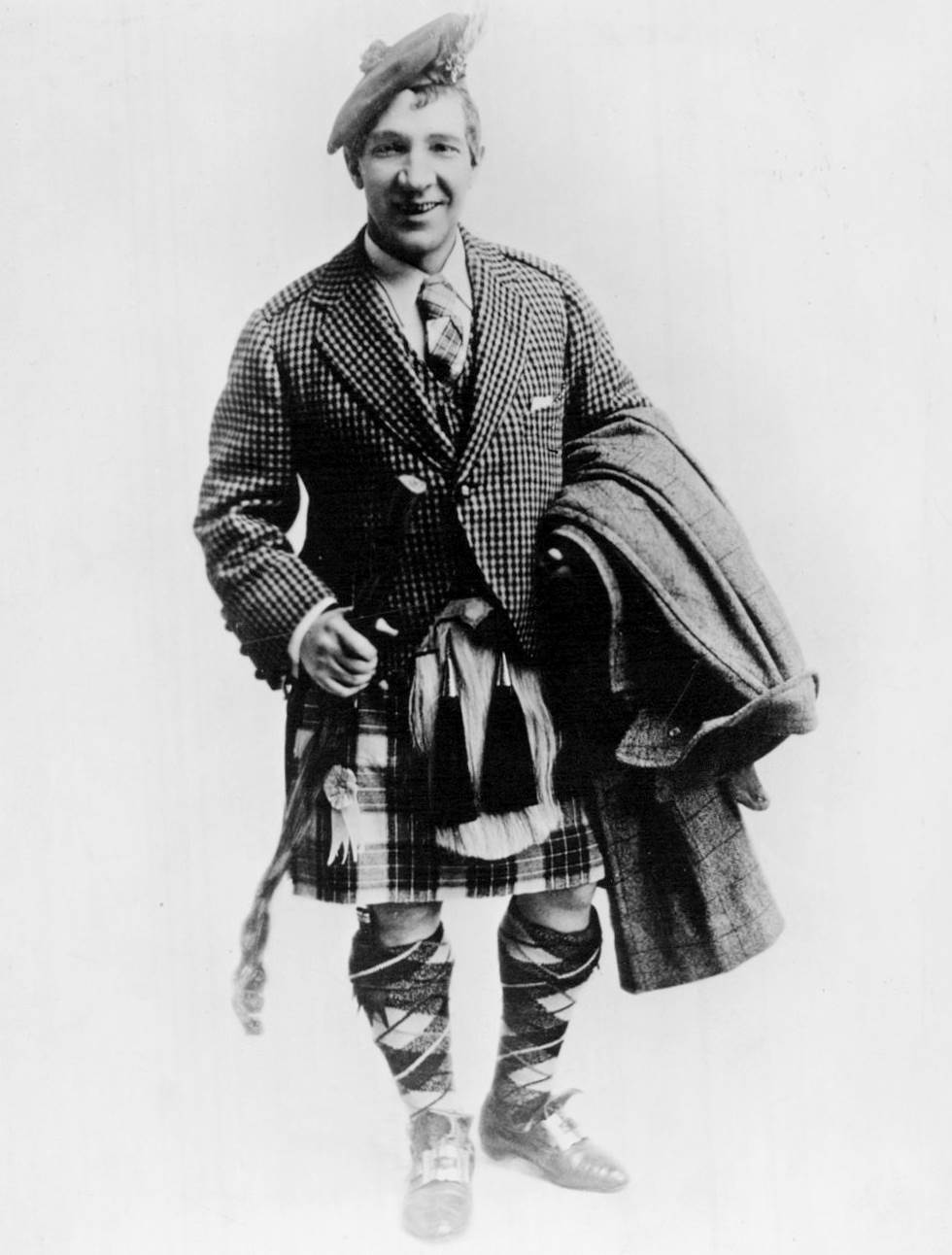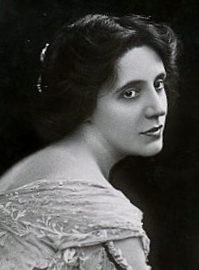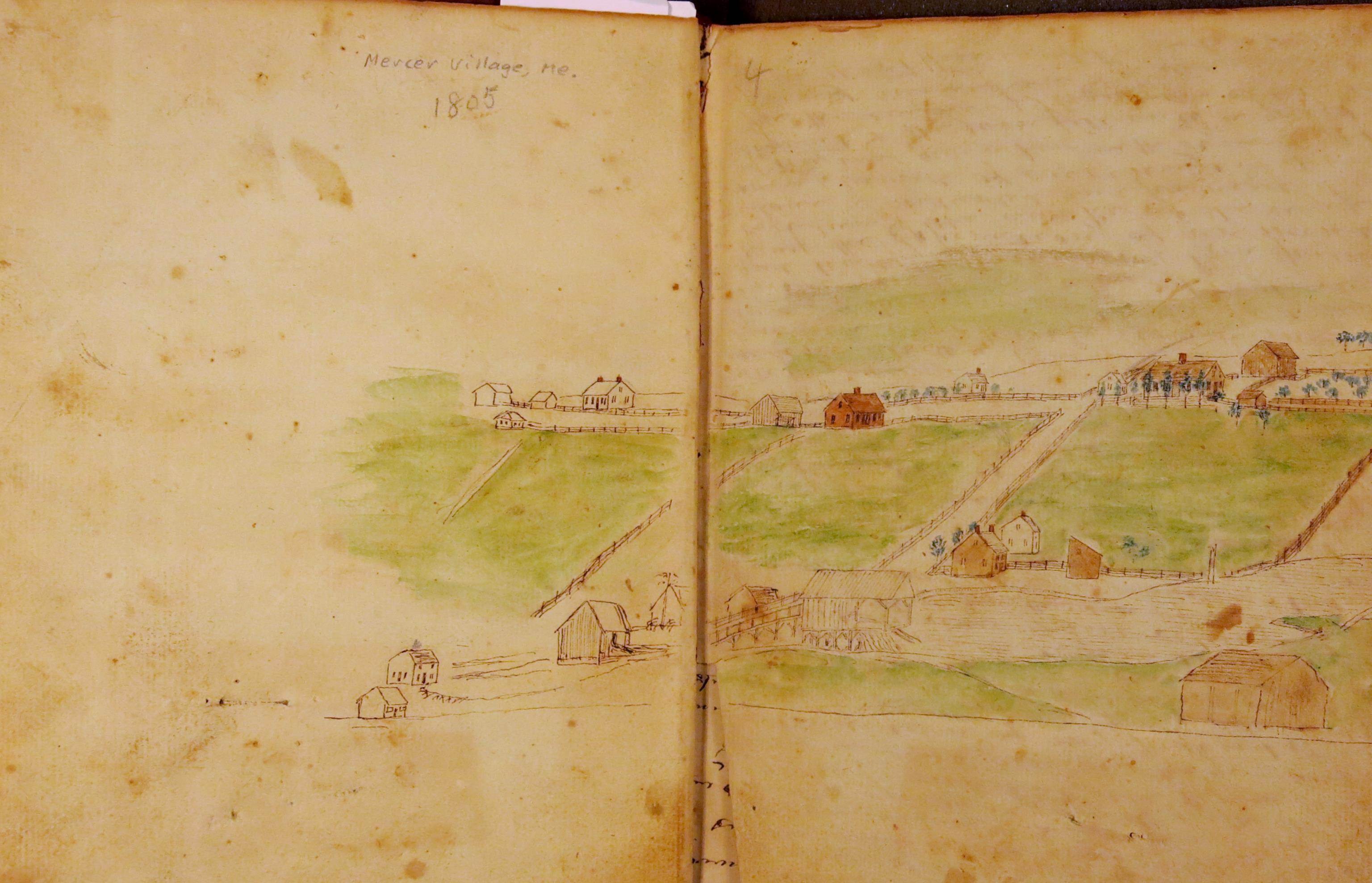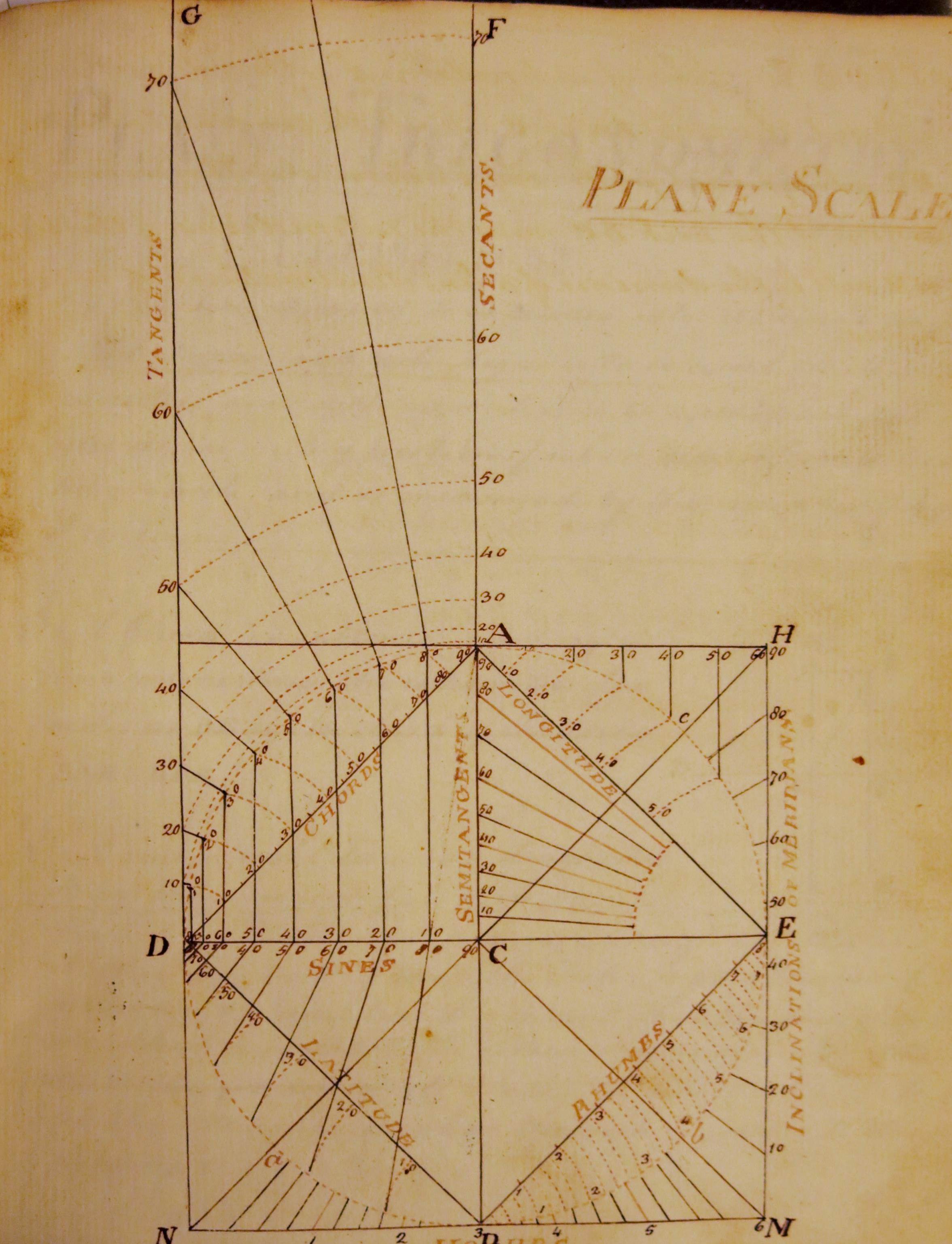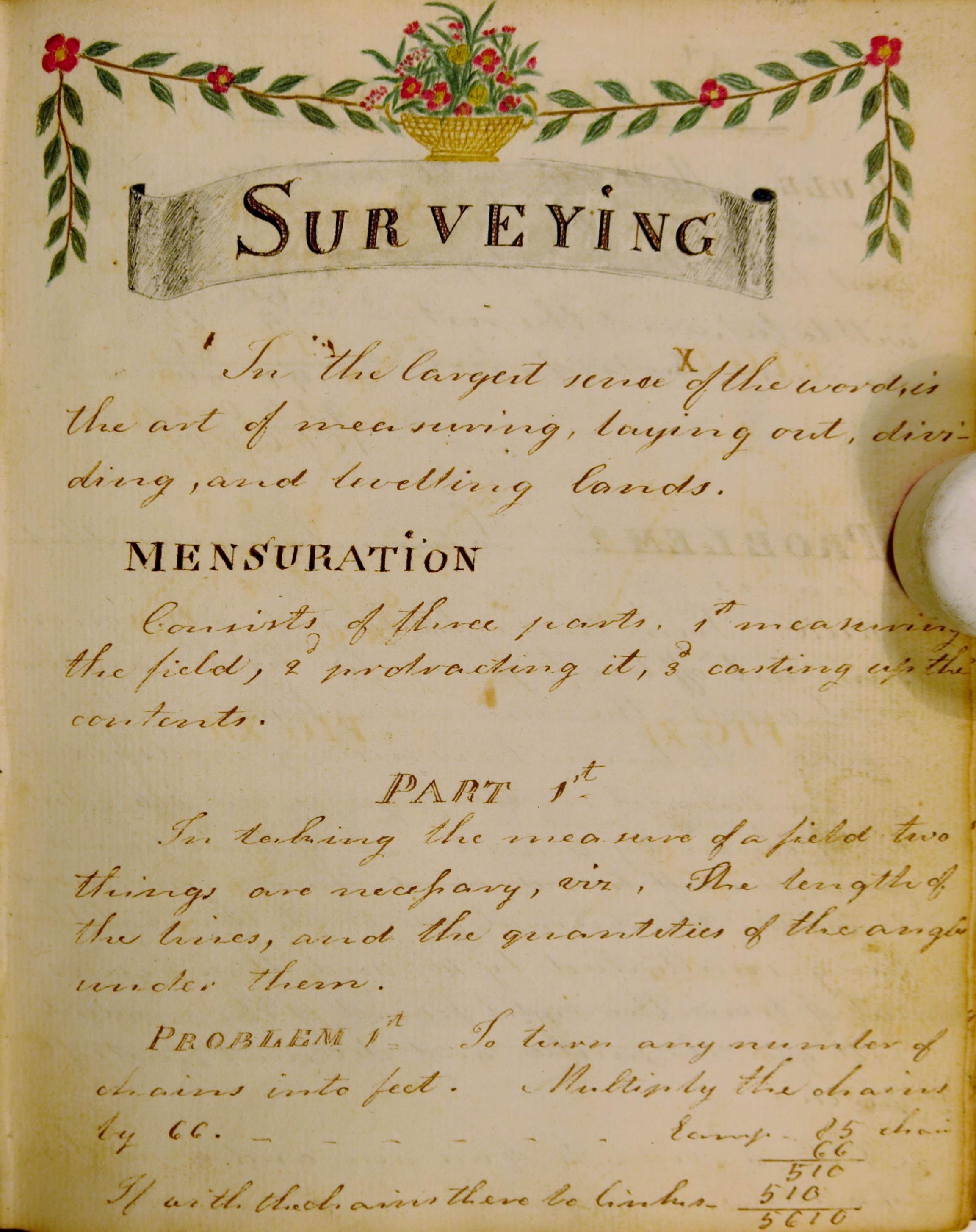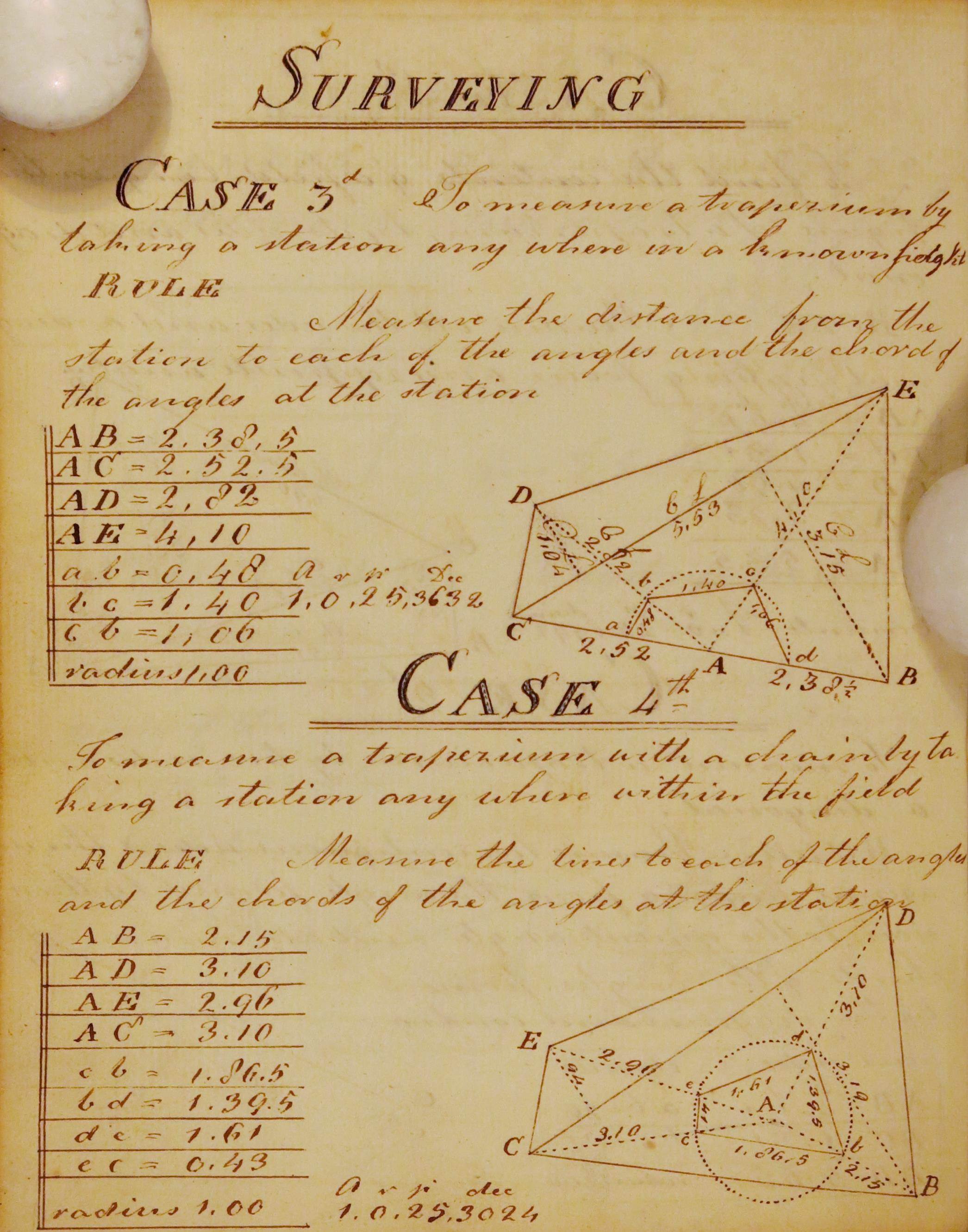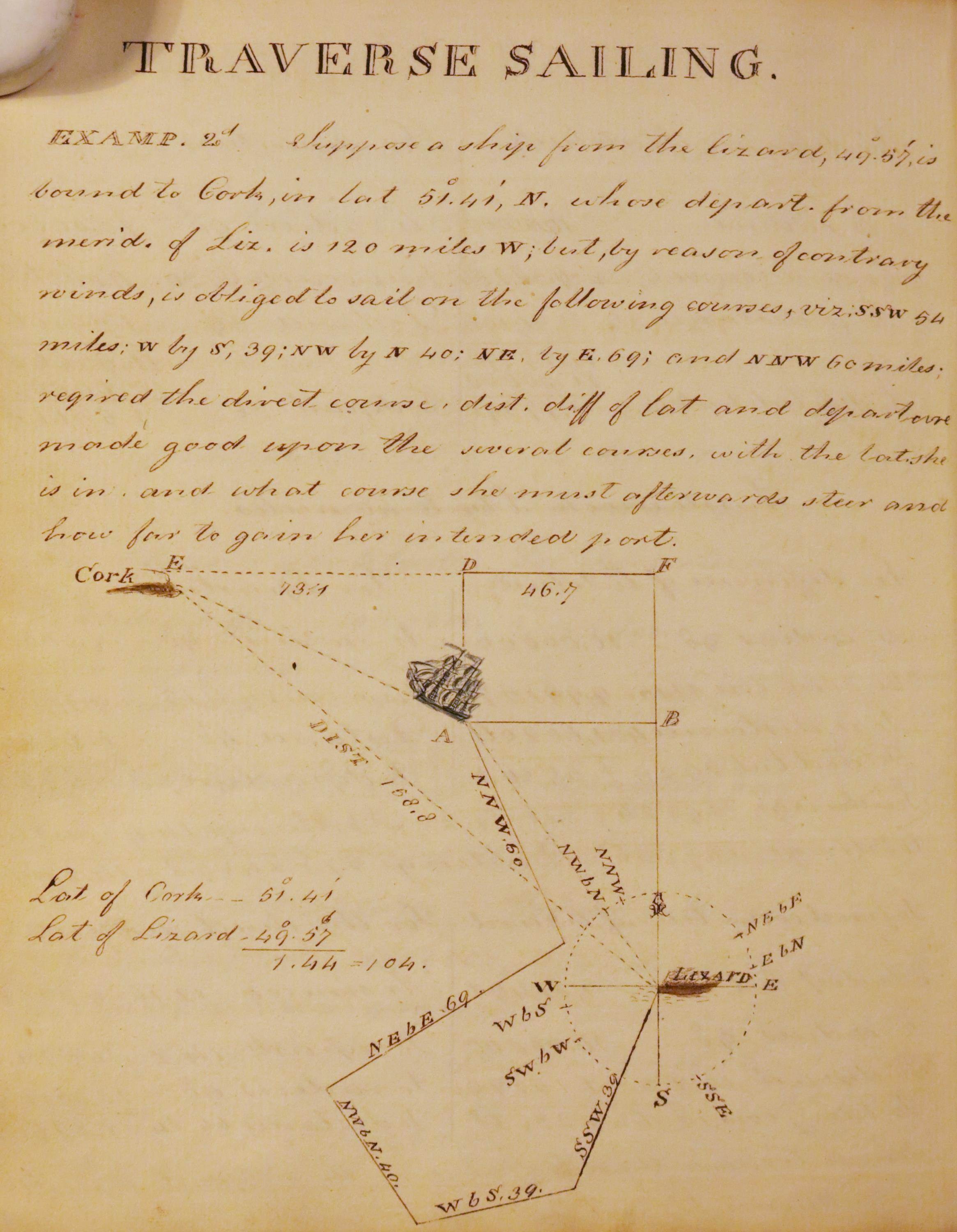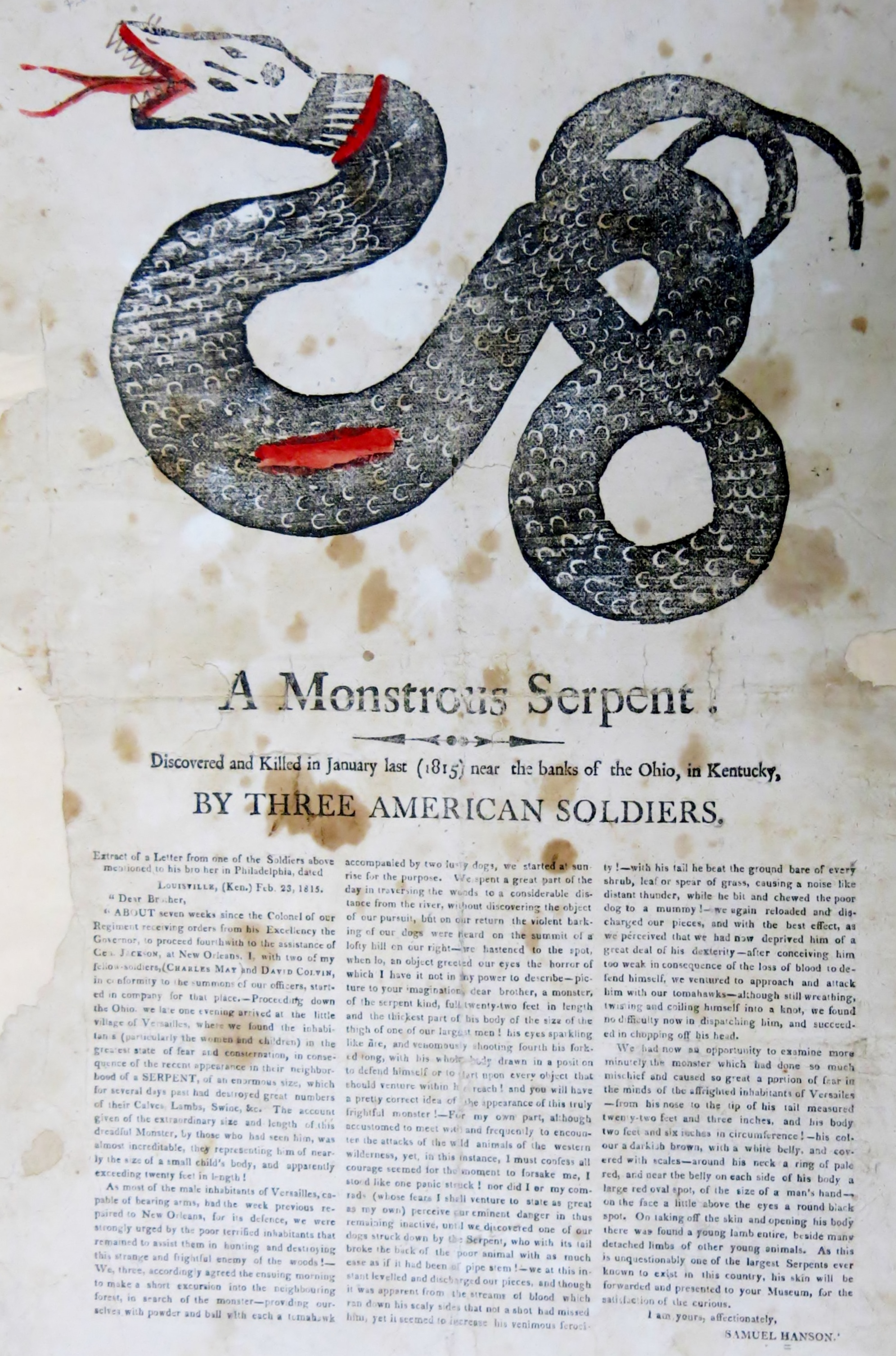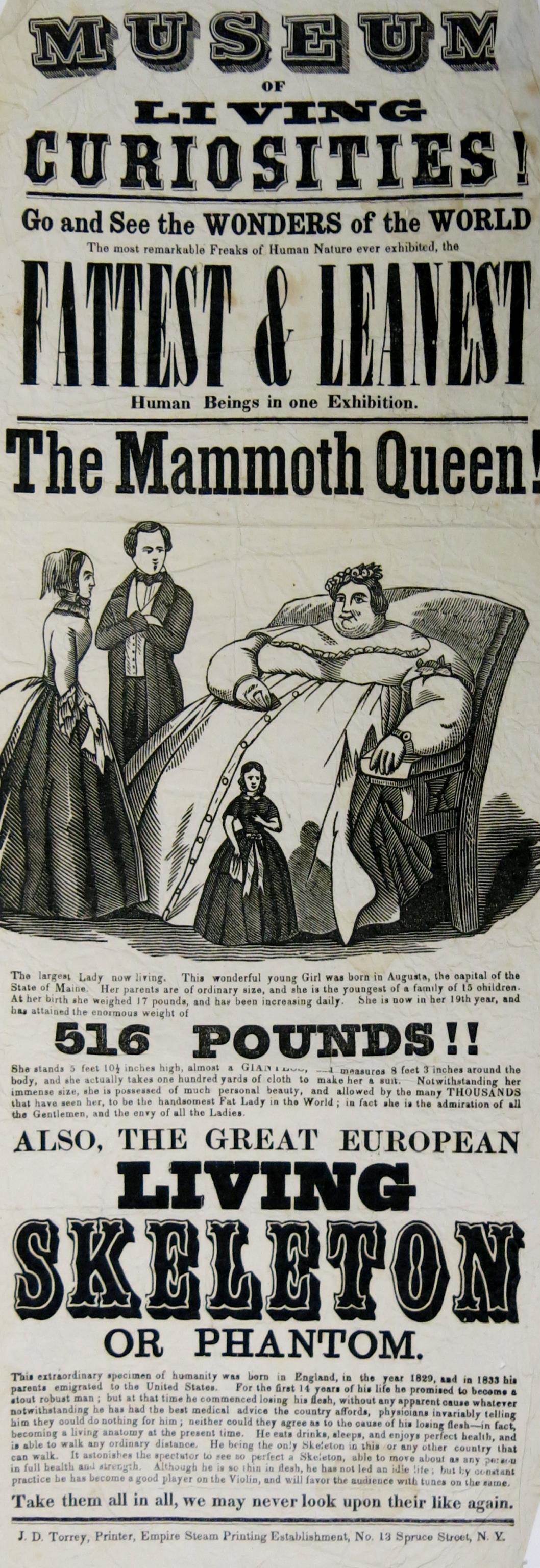By Susan Martin, Collections Services
The Fay-Mixter family papers here at the MHS includes a folder of material related to the fascinating story of the Wanderer, a luxury yacht refitted in 1858 to engage in the illegal trans-Atlantic trade of enslaved persons. The importation of enslaved people to America was prohibited by the U.S. Congress fifty years before, but smuggling was common. Multiple sources cite the Wanderer as the last known ship to bring enslaved Africans to the United States, but we now know that the Clotilda arrived the following year.
By all accounts, the Wanderer was a very fast vessel, capable of sailing up to 20 knots. William C. Corrie of Charleston, S.C. purchased the yacht in early 1858. He and his business partner, Charles Augustus Lafayette Lamar—cotton planter, radical Fire-Eater, pro-slavery secessionist—immediately began refitting the yacht for its nefarious purpose. Their work aroused the suspicions of officials in New York, who temporarily seized the ship for inspection. Newspaper articles speculated (rightly, it turned out) about the true reason for the modifications, excessive provisions, and foreign crew. But with no definite proof, the ship was released.
The ship sailed on 3 July 1858, arriving at the African coast in September. Corrie got past the British and American anti-slavery patrols stationed there, according to one account, primarily using a charm offensive—friendly dinner parties, etc. The crew of the Wanderer claimed to be on a pleasure cruise up the Congo River. They even sailed under the pennant of the New York Yacht Club. And it worked: the vessel was apparently never inspected.
The Wanderer returned to the U.S. on 28 Nov. 1858, landing at Jekyll Island off the coast of Georgia with over 400 African captives. Dozens had died en route. The arrival of these new enslaved people, along with some questionable documentation, attracted the attention of the authorities, and the jig was up. The ship was seized and the conspirators arrested. In May 1860, Lamar, Corrie, and others were tried for piracy in federal court in Savannah…and acquitted. One of the judges in the case was Lamar’s father-in-law.
The Wanderer material forms part of the Fay-Mixter collection because James Story Fay held a bond of indemnity for the ship. The papers include twelve letters to Fay’s colleague E. D. Brigham in Boston, dated 5 Jan.-10 Apr. 1860, in the run-up to the trial. During this time, Charles Lamar regained possession of the ship and sent it to Havana, under the care of C. R. Moore, to be sold. Three of the letters were written by Moore in Havana, and these are, I think, the most interesting of the group.
Moore praised the speed and agility of the Wanderer, but not its mission: “She is one of the finest little vessels that it was ever my fortune to get on board of, and I wish she could be in some legitimate business, that I could sail her.” He had “fixed her up like a fiddle” and thought he could get $18,000-20,000.
Because of its history, the Wanderer held a certain fascination. Moore received many visitors onboard, including American tourists and British lords, all curious to see the famous ship. But selling proved difficult. The vessel was simply “to[o] expensive and to[o] notorious.” Moore felt the watchful eyes of the English and Spanish fleets and guessed that the English in particular resented the ship. He wrote: “I am asked all kinds of questions here and have to be carefull what I say.”
In his letters to Brigham, Moore discussed his future plans and weighed his options. More than once, he expressed a desire to captain the Wanderer, but he refused to resort to the trade of enslaved people, which was still legal in Cuba. He had received offers:
“There was some parties offered me $16,000 to go to the Coast [of Africa]. I refused. […] If I cannot get a livelihood without going in a Guineaman I will starve in the streets although I am no abolitionist. […] I will stay [in Havana] until I feel that its unhealthy for me to stay. You know I am fat and hot weather and musketoes operate bad on a fat man. […] I love the Wanderer but I cannot feel she will ever give me any permanent business.”
In his third and longest letter, dated 10 Apr. 1860, Moore painted a broader picture of the trade of enslaved people in Havana:
“They prefer the old vessels here for the Coast and there are 7 or 8 fitting out here for the Coast. The ship Erie cleared yesterday, and everybody knows where she is bound. The Captain an American, Gordon his name, cleared before the Consul without difficulty. The Gov Gen is poor and winks at it. He gets $50 a head. I have had offers to go in this vessel, they would bye her for me, but I have tried to live an honest life so far and as long as I have sailed out of Boston. If the Merchants will not give me legitimate employment I will starve before I will go after blackbirds, although I do not think a negro as good as a white man, and am not an abolitionist. But when I coil my ropes up for the last time, I shall feel happyer if I have lived and practised the precepts that my parents taught me.”
The more I researched the Wanderer and the people connected to it, the more interesting the story became. A biography of Charles Lamar, for example, could fill volumes. C. R. Moore described rumors of the firebrand’s colorful exploits: “What I can learn about the young man is not much to his credit […] They tell me here that he is a remarkable small man always carryes Revolvers in his belt has shot 1 or 2 men […]” The rumors were apparently well-founded; in the month of May 1860 alone, Lamar was not only tried for piracy, but also participated in a prison break and a duel!
The Wanderer was seized once more by the U.S. government in 1861 for use against the Confederacy during the Civil War. After the war, it passed into private hands and sailed commercially for a few years before sinking off the coast of Cuba.
So what happened to the hundreds of enslaved Africans smuggled across the Atlantic on the Wanderer? Unfortunately, their fate was no different than that of the millions who preceded them. They were trafficked across the South, and the brazen Charles Lamar even kept some of them himself. The federal government showed as little interest in protecting them as it had in punishing their enslavers.
Because of its notoriety, there has been significant research into this case over the years. One of the earliest studies I found is a 1908 article in American Anthropologist by Charles J. Montgomery. Published fifty years after the ship’s fateful passage, while many of the “Wanderer Negroes” were still alive, the article contains an uncomfortable anthropological focus and some unfortunate language. However, it also includes specific information about a few of the captives, as well as their histories and photographs.
In 2008, the state of Georgia erected a monument to the ship’s African survivors on Jekyll Island, and some of their descendants attended the dedication ceremony.
For more information, see The Slave Ship Wanderer by Tom Henderson Wells (Athens, Ga.: University of Georgia Press, 1967) and The Wanderer: The Last American Slave Ship and the Conspiracy That Set Its Sails by Erik Calonius (New York: St. Martin’s Press, 2006).



